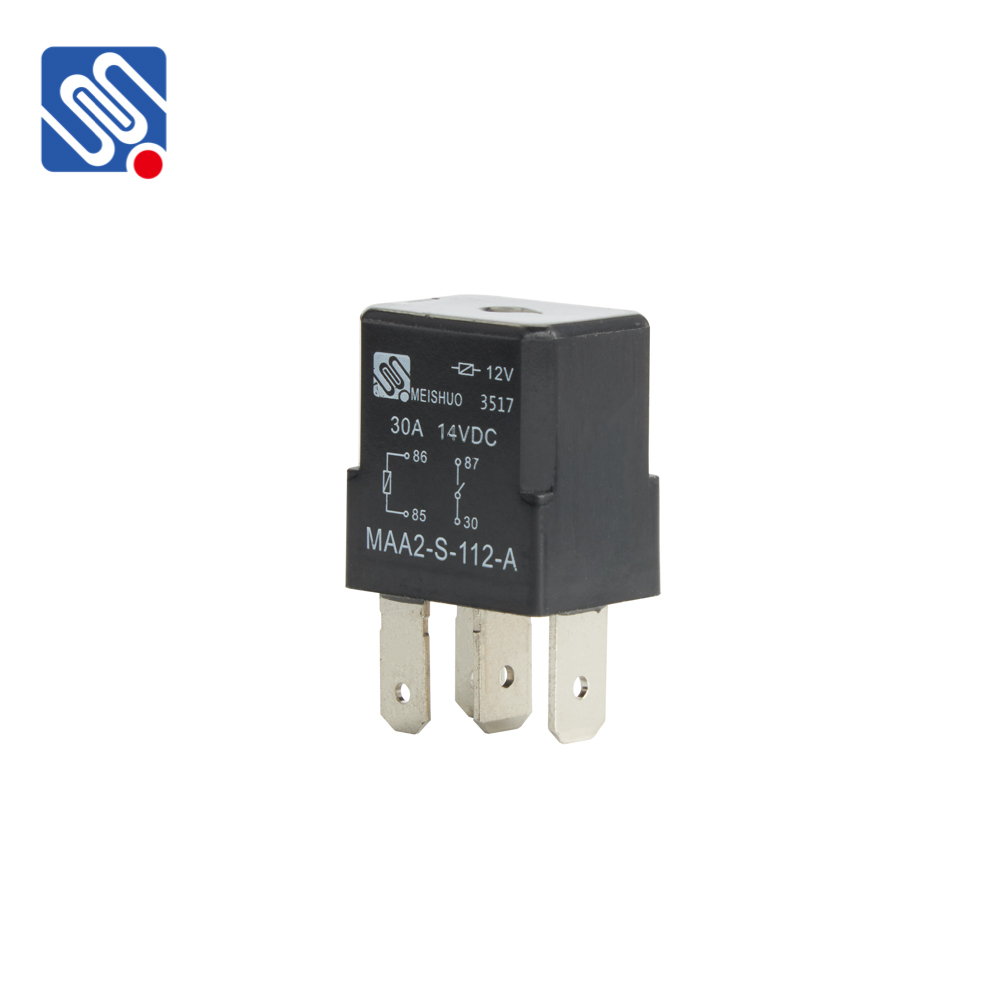Relay current is a crucial concept in the field of electrical engineering, referring to the current that flows through a relay’s coil or contacts during its operation. Relays are widely used in various applications, such as automation systems, electrical control circuits, and protection devices, to control high-power circuits with low-power signals. Understanding relay current is essential to ensure the efficient and safe operation of these components in both industrial and consumer electronic systems. In this article, we will explore the nature of relay current, how it works, and its importance in different electrical applications.

What is Relay Current? Relay current typically refers to the current passing through the relay’s coil, which creates the magnetic field necessary for the relay to function. This is often called the “excitation current” or “coil current.” When the current flows through the coil, it generates a magnetic field that pulls or pushes the relay’s armature, causing the contacts to close or open. This action allows the relay to control high-current circuits with low-power electrical signals, making it a key component in various automation and control systems. In some cases, relay current also refers to the current passing through the relay’s contacts when they are closed or open, which allows the relay to switch the load on or off. This “contact current” depends on the type of load being controlled, and the relay must be designed to handle the specific current rating of the circuit it is switching.